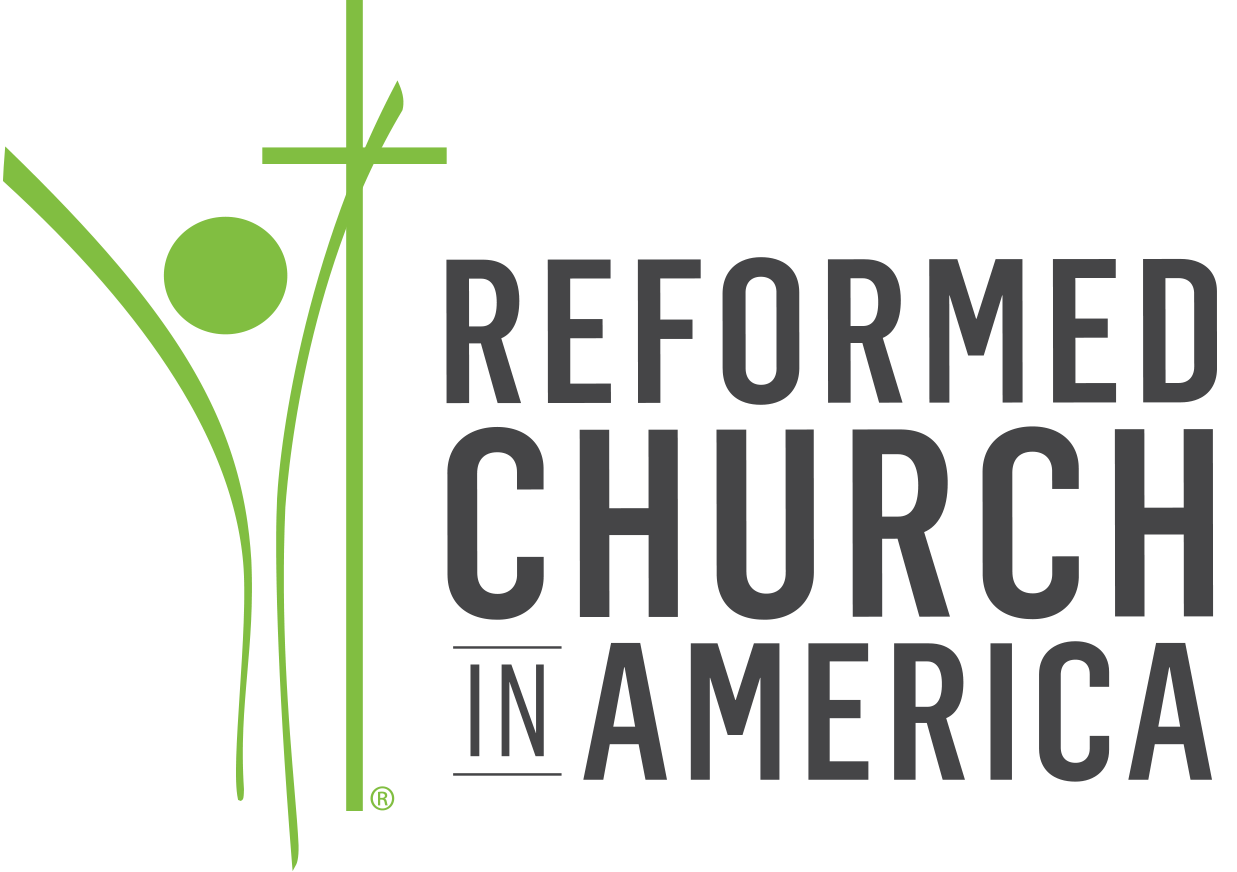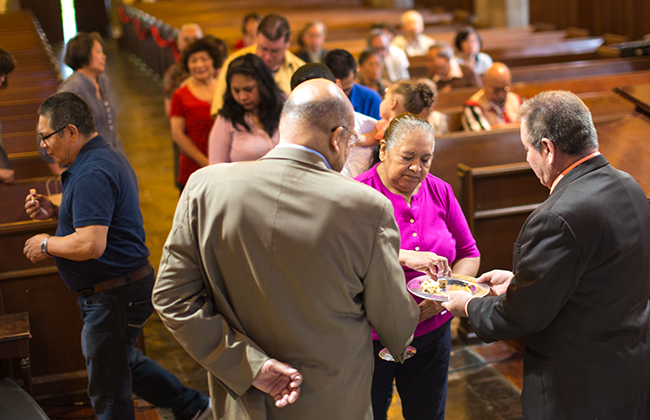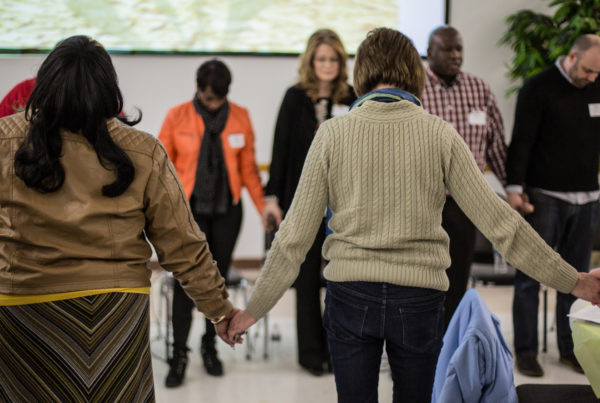Bogart Memorial, already a multiethnic congregation, is working with RCA Church Multiplication to plant a Hispanic congregation within the church.
Bogota, New Jersey, a borough of about 8,000, sits along the Hackensack River, just 15 minutes from New York City. It’s a diverse town, and as people come and go, the demographics change. Between 2000 and 2010, the number of Hispanic residents nearly doubled.
Imos and Jodie Wu pastor Bogart Memorial Reformed Church in Bogota. Many of Bogart’s members, like Imos himself, are Taiwanese immigrants, while others, like Jodie, are Caucasian Americans, so the congregation already knows a thing or two about being a multiethnic church. Still, wanting to grow more culturally agile, a team from the church joined an RCA learning community aimed at helping churches connect with neighborhoods that have changed over the years.
Over the course of the learning community, the Wus and their team had a new idea: plant a Hispanic congregation within Bogart Memorial.
“Our thought is that starting [a separate] ethnic church is always what happens, and it keeps people in their own ethnic area,” says Jodie. “Our idea of doing this new Hispanic congregation within this church will do it differently. It will keep relationships within our community, keep us worshiping together, [and] help us be the body of Christ more authentically in our neighborhood.”
Several Hispanic families are worshiping at Bogart Memorial. For now, on Sunday mornings, the whole congregation begins by worshiping together in prayer and song, with songs in both English and Spanish. Then any Spanish speakers move to another room to hear the same sermon preached in their own language. Following the service, everyone shares a community meal.
The Spanish-language sermon is delivered by Orlando Guzman. Guzman was a part of an Assemblies of God church that rented Bogart Memorial’s building for a decade. Three years ago, that congregation moved out, and Guzman left, too. But he recently returned to become Bogart Memorial’s sexton.
“Orlando has been called by God to serve this place,” says Imos, reflecting on where Guzman’s journey has led him.
As the idea of a Hispanic congregation has taken shape in the Wus’ hearts, Guzman has become more involved in the worship service. Over the summer, he went through the process of becoming a preaching elder. The plan is for him to plant the Hispanic congregation in partnership with Eddy Alemán, the RCA’s director of strategic leadership development and coordinator of Hispanic ministries. It will be one of 50 Hispanic churches that the RCA plans to plant over the next five years.
The Hispanic congregation will worship at the same time as the English-speaking service, allowing the children to go to Sunday school together and both congregations to continue to share the community meal.
To move toward that future, Imos is learning Spanish, and the Wus are working with Guzman and other leaders within the congregation to better integrate the church’s ministries.
“Our church is very generous of spirit,” says Jodie. “That’s essential. But [speakers of different languages] are still shy about trying to talk to each other.” Her hope is that ten years down the road Bogart Memorial is “a place where people are able to know each other despite their apparent differences, a place where people come in and say, ‘This is the body of Christ.’ I’d like to see them move past [the shyness] and not be afraid to have conversations.”
Such a future is not a guarantee, and the Wus feel it acutely. Both of them acknowledge that what comes most naturally to people is to fall along ethnic lines and remain in separate groups. “People want to hear the gospel in their own language,” says Jodie.
And yet, she says, “We just keep trying. … We have a vision for this multiethnic church—not that it’s trendy but that God wants us to do it.”
Guzman has great confidence, too: “I don’t know about the future,” he says. “The only thing I know is God works.”





